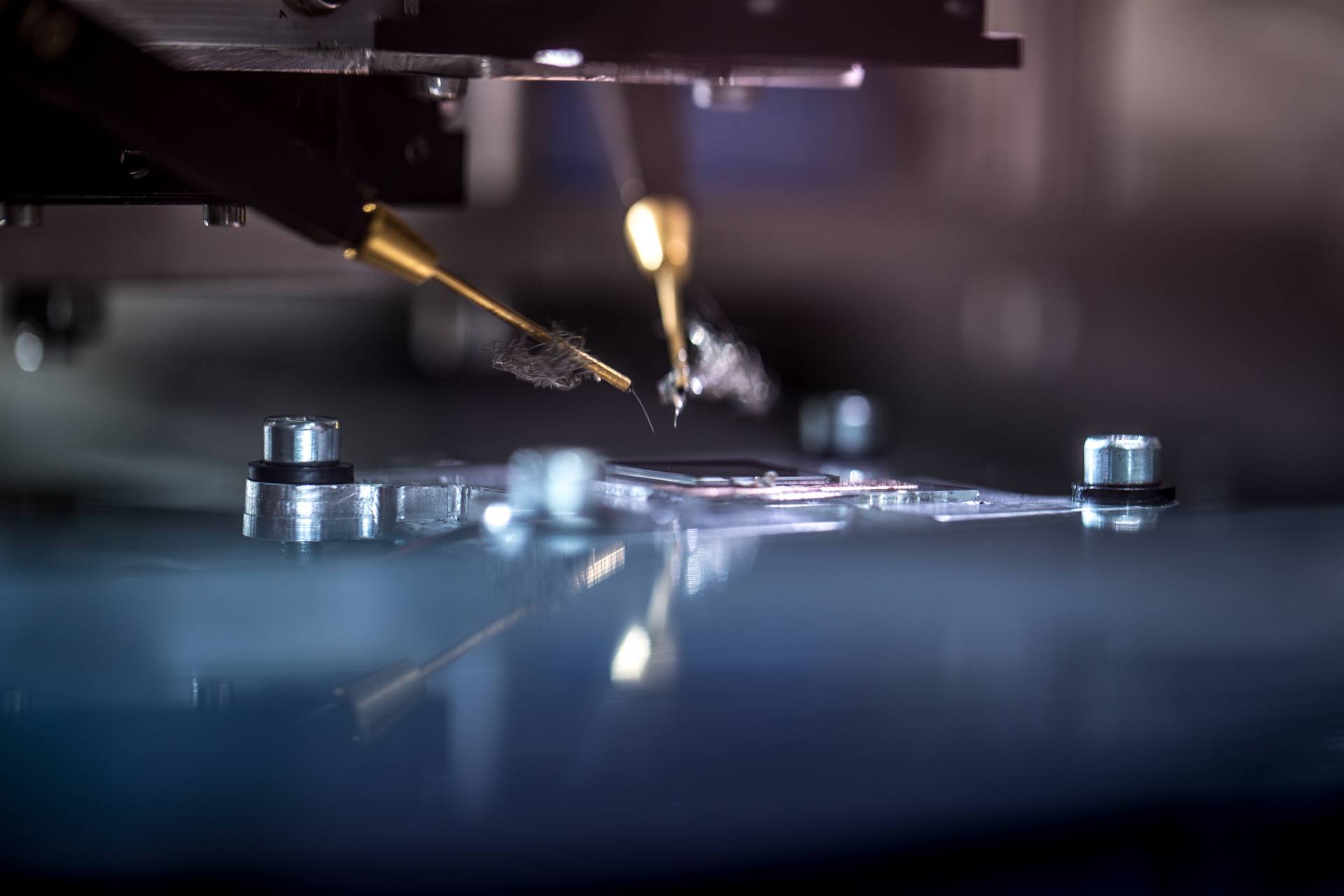Checklist for working safely with hazardous substances in the lab
Safety is top priority. This plays an even greater role in labs where hazardous substances are used. By taking a number of measures you can significantly reduce risks such as exposure, fire hazard and explosions. Discover eight tips that will make your working environment a lot safer.
Work cleanly and orderly. Most accidents involving hazardous substances happen in a messy environment, with old chemicals and empty packaging. Keep your workplace tidy. The 5S principle can be an aid in this regard. Read our article here about this model.
Read the safety data sheet (SDS). before you start and adjust the precautions accordingly. Suppliers in the Netherlands are obliged to provide an SDS for a hazardous substance. This contains information about the possible harmfulness of the substance, necessary first aids, the recommended personal protective equipment, limit values and any necessary control measures.
Provide appropriate ones storage in a fire safety cabinet and follow the PGS 15 guidelines. And after use, store the chemicals back in the cupboard where they came from.
Labelling of chemicals is mandatory. Substances and products must be labeled by the manufacturer/supplier of a substance or product. If preparations are made or substances are diluted in the laboratory itself, a label must be drawn up yourself. This must include at least:
- Hazard symbol
- Signal word(s)
- H-phrases
- P-phrases
Vote yours personal protective equipment based on your work. The employer often sets specific requirements, such as wearing closed shoes, long trousers and a lab coat. Do you work with strong acids or dangerous reactions? Then wear safety glasses, even if your colleague next to you is working with hazardous substances. Are you going to work with toxic or corrosive substances? Then don't forget your safety shoes.
Work in the fume hood when working with volatile, corrosive and toxic substances. And preferably work standing. Keep the window as low as possible so that your face is always behind the sliding window. This reduces the risk of physical injury in the event of splashes and accidents and significantly reduces the risk of inhaling toxic fumes.
Care for safe disposal after use. Hazardous laboratory waste consists of liquid and solid chemical waste, biological waste, radioactive waste, sharps and glass waste. Determine the correct waste category and use approved packaging. Label the package with the correct information. Have the waste flows collected regularly.
Know what to do when incidents. Have the first aid and emergency response numbers ready. For example, hang this at the entrance to the laboratory.
Toxic substances require caution, but when dealing with extremely toxic substances the bar is much higher. TNO Defense and Security works with, among other things, extremely potent drugs, pesticides and substances that fall under the Chemical Weapons Convention. Watch the webinar here by Jeroen van der Meer and Jan Langenberg, both working at TNO, in which they explain how they deal with this safely.
Related companies

